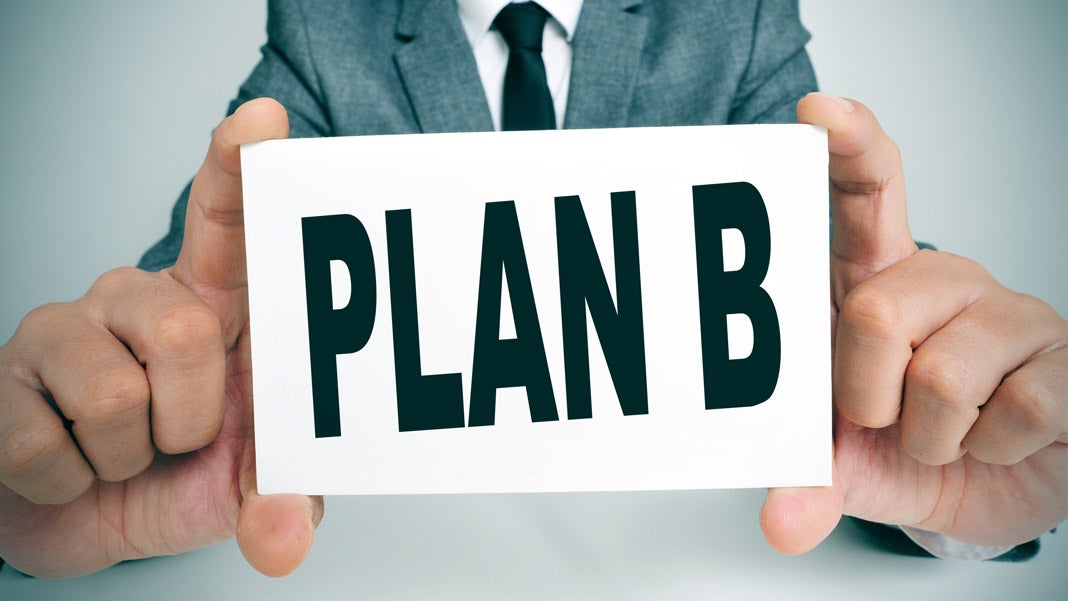You Need a Contingency Plan for Every Part of Your Business
By: Jerry Osteryoung

When you’re dying of thirst it’s too late to think about digging a well.
~Japanese Proverb
I was dealing with a business that relied on a single supplier for products that represented the majority of its sales. When I asked the owner what he would do if the supplier folded, he answered, “I just do not know!”
Obviously, this business owner did not have a contingency plan in the event the supplier failed to produce the number of products this firm required. Instead, the business owner had loaned the supplier money on numerous occasions just to ensure they remained viable.
Clearly, the business owner knew this was a big problem. He admitted to me that he was so concerned about this that he was not sleeping well. The uncertainty caused by the supplier’s situation had his stress level through the roof.
The business owner finally realized he had to develop a contingency plan for the good of his own business, and there was only one option that would be viable from both an economic and customer service point of view. They would need to start manufacturing the goods themselves.
Related Article: Disaster Recovery and Other Happy Subjects
Fortunately, this business now had a plan. Unfortunately, the owner had already incurred some very high costs in terms of worry and stress he could have avoided had he not procrastinated.
Every business needs to develop a contingency plan for every situation that could disrupt operations. For example, losing your largest client, losing a key employee and new competition entering the market can be game changers, and you need to be prepared to react.
To identify what the game changers are for your business, you need to go through every service, every employee and every piece of equipment and ask yourself how the company would be impacted if you no longer had it. Wherever there is potential for significant harm, you need to develop contingency plans. This should be an annual practice.
For example, if you have an employee who is critical to your operation, you need to think through what you are going to do if you lose them for whatever reason and how fast you will need to move on this. Are you going to make sure this employee is developing a replacement or are you going to go out and try to hire for the position? If the latter, how are you going to cover until you can fill the job?
For another example, a firm’s entire operation relied on one critical machine being in good working order. If it stopped working, the entire production line was halted. Having a second machine at the ready was not a viable option because of the expense, so the firm’s contingency plan was to hire an outside firm that carried the spare parts and could get the machine working again in eight hours or less.
Clearly, this is not optimal. Even with the contingency plan, the firm could be down for as long as eight hours. However, many contingency plans are not optimal. Like this firm, you must weigh out your options and find the right balance between downtime and expense.
Now go out and look at your business and develop contingency plans for every person, thing or process that is critical to your operation. I promise you will sleep much sounder once you have gone through this process.
You can do this.
3270 Views











